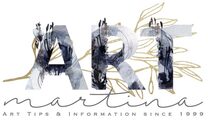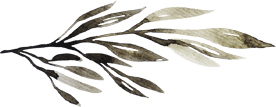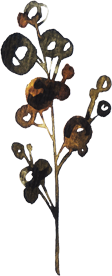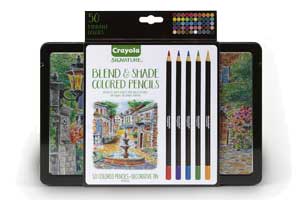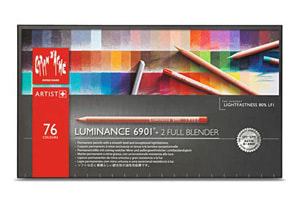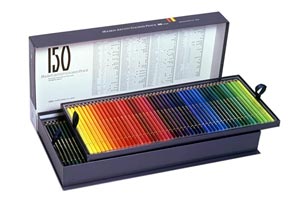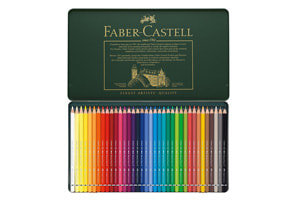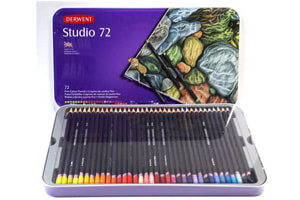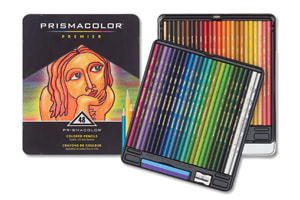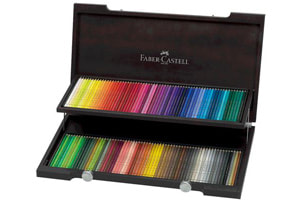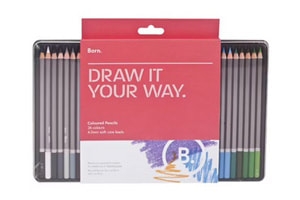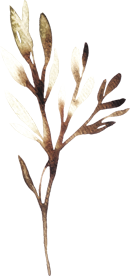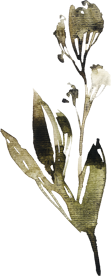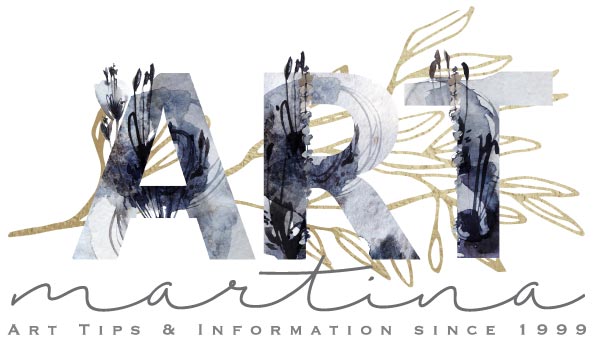The Humble Coloured Pencil
The Importance of Making the Right Choices
Good tools make a good craftsman, they say. This concept holds true while learning to draw using coloured pencils. Choosing the appropriate pencils or paper may greatly affect your outcome.
Coloured Pencils were definitely the medium the most difficult media for me to master at first, because I did not know how to create a smooth look. When printed, colour pencil worsens and looks twice as rough as the original. That is why many illustrators work double the size of the published book. Because when reduced, it looks closer to the original. The Internet was in its infancy and information had to be gained from teachers or the library. Fortunately, it was in a single lesson that I learned the most important applications. Colour pencil became my preferred medium within the 15 years I worked as a commercial illustrator. That is why I emphasise instructing my students on the tools that available for this trade for them to make sound decisions when choosing the right pencils for their work.
I would like to point out that my posts are not sponsored by any companies and that my reviews are fully independent. I buy my materials for testing.
I would like to point out that my posts are not sponsored by any companies and that my reviews are fully independent. I buy my materials for testing.
